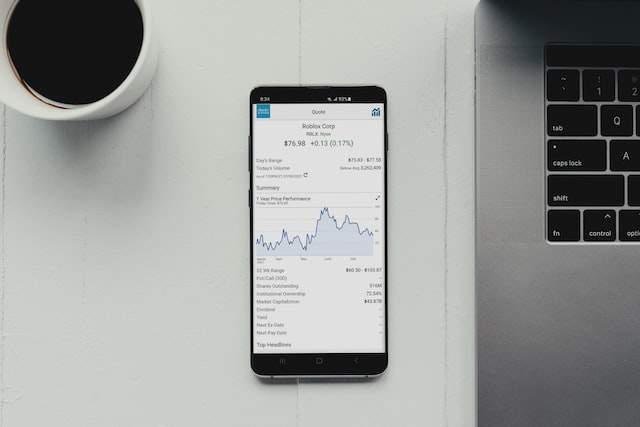Mastering Inventory Management for Profitability, Running a successful pet store requires more than just a love for animals and a friendly demeanor. One crucial aspect that can significantly impact a pet store’s profitability is effective inventory management. Efficiently managing inventory ensures that the right products are available when customers need them, prevents overstocking, and maximizes sales opportunities.
Understanding Pet Store Success: Mastering Inventory Management for Profitability
In this article, we will explore key strategies for streamlining inventory, optimizing product mix, efficient reordering, choosing the right inventory tracking systems, and seasonal demand planning to help pet store owners master inventory management for profitability.

Streamlining Inventory: Key Strategies for Pet Store Owners
Streamlining inventory is the first step toward effective inventory management for pet store owners. By analyzing sales data and customer preferences, pet store owners can identify the most popular pet items and focus on stocking those products. This strategy minimizes the risk of carrying excess inventory and ensures that the store offers the products that customers want. Additionally, it is important to regularly review and remove slow-moving or obsolete items from the inventory to free up shelf space for more profitable items.
Optimizing Product Mix: Balancing Popular and Niche Pet Items
In the world of pet stores, striking a balance between popular and niche pet items is essential for success. While popular items like pet food and accessories generate steady sales. Niche products cater to a specific target audience and can attract dedicated customers. Pet store owners should analyze their customer base, conduct market research, and identify niche pet items that align with their customers’ interests. By offering a carefully curated mix of popular and niche products. Pet stores can cater to a wider range of customers and increase their profitability.
Efficient Reordering: How to Stay Stocked Without Overstocking
Efficient reordering is a critical aspect of inventory management for pet stores. It involves finding the optimal balance between maintaining adequate stock levels and avoiding overstocking. Pet store owners should establish clear reordering triggers based on sales trends and product demand. Implementing automated inventory management systems can streamline the reordering process by generating purchase orders when stock levels reach a predetermined threshold. This approach helps ensure that the store remains adequately stocked without tying up capital in excessive inventory.
Inventory Tracking Systems: Choosing the Right Tools for Your Pet Store
Choosing the right inventory tracking system is vital for pet stores to effectively manage their inventory. An inventory tracking system provides real-time visibility into stock levels, tracks sales data, and facilitates efficient reordering. One valuable tool for pet store owners is pet shop point-of-sale software. This software integrates inventory management with the point-of-sale system, allowing for seamless tracking of sales and inventory data. It streamlines the entire inventory management process, automating tasks. Such as generating purchase orders, tracking stock levels, and providing insights into popular products. Pet shop pos software is a valuable asset for pet store owners looking to optimize their inventory management practices.
Seasonal Demand Planning: Maximizing Sales Opportunities with Inventory Management
Seasonal demand planning is crucial for pet stores to maximize sales opportunities. By analyzing historical sales data, pet store owners can identify seasonal trends and adjust their inventory accordingly. For example, during the summer months, pet owners may seek out items. Such as cooling mats, outdoor toys, and portable water bowls. By anticipating these trends and stocking up on relevant products ahead of time. Also, Pet stores can meet customer demands and capitalize on seasonal sales spikes. Effective seasonal demand planning ensures that the store remains well-stocked during peak seasons, minimizing lost sales opportunities due to inventory shortages.
Mastering inventory management is essential for pet store success. By streamlining inventory, optimizing the product mix, implementing efficient reordering processes, choosing the right inventory tracking systems, and engaging in seasonal demand planning, pet store owners can increase profitability and provide excellent customer service. The careful management of inventory ensures that pet stores have the right products available when customers need them, avoids overstocking, and maximizes sales opportunities. With effective inventory management strategies in place. Also, Pet store owners can create a thriving business that caters to the needs of both pets and their owners.








